全站搜索
Effectuer une recherche sur l'ensemble du site web
Effectuer une recherche sur l'ensemble du site web
ZONEDING is a world-leading mineral processing equipment supplier, dedicated to providing customers with efficient and sustainable mineral processing solutions. We can process most minerals and meet the extensive demands of metal ores, non-metal ores and other materials. With over 20 years of industry experience, we are committed to helping you design the best mineral processing plants, offering customized services and comprehensive support.
ZONEDING's mineral processing equipment is designed to be versatile, efficiently recovering and processing a wide variety of minerals and materials, ensuring optimal results for clients across different sectors. Our processing capabilities cover the following categories:

No matter which mineral you need to process, ZONEDING can provide professional equipment and solutions to optimize recovery rates and improve operational efficiency.
Before mining and processing gold, lithium, or other rocks, ZONEDING offers free mineral testing services. Our team of experts quickly identifies the characteristics of your ore through testing, helping you maximize ore grade and concentration. Based on the test results, we will design the optimal processing plan for you, ensuring your project starts with a solid foundation for efficiency.
The mineral processing equipment after crushing of ores includes grinding, classification, gravity separation, flotation, magnetic separation, dewatering and conveying equipment, which are used to separate and concentrate useful minerals from ores.
Grinding equipment is the key equipment for grinding materials like iron ore after crushing process. It can reduce the particle size by dry or wet grinding.
The screening/sizing machine can screen materials of different particle sizes. It has high screening efficiency and is not easy to get clogged.
Mineral separation equipment uses various ore dressing methods to concentrate and grind minerals into fine powders:
• Magnetic separation: Separates magnetic minerals with or without water.
• Flotation separation: Using chemicals to remove impurities or extract minerals.
• Gravity separation: Separating minerals economically based on their specific gravity.
The minerals and their tailings after the beneficiation method are concentrated and dehydrated to obtain the final concentrate product.
ZONEDING not only supplies high-quality mineral processing equipment, but also offers customers comprehensive mineral processing solutions, including:
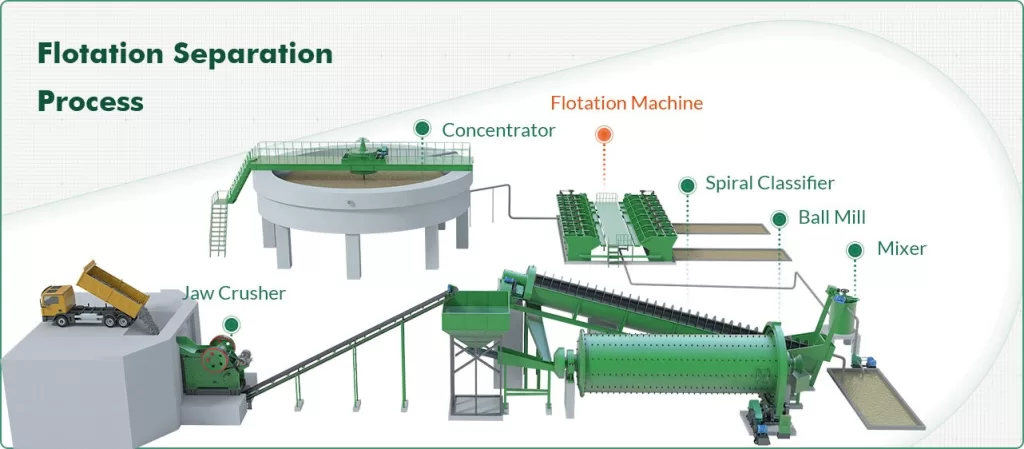
Separation of desired minerals from unwanted minerals by chemicals, common is froth flotation. The core machine is a flotation machine. Applied material: feldspar, bauxite, manganese ore, phosphate ore, etc.
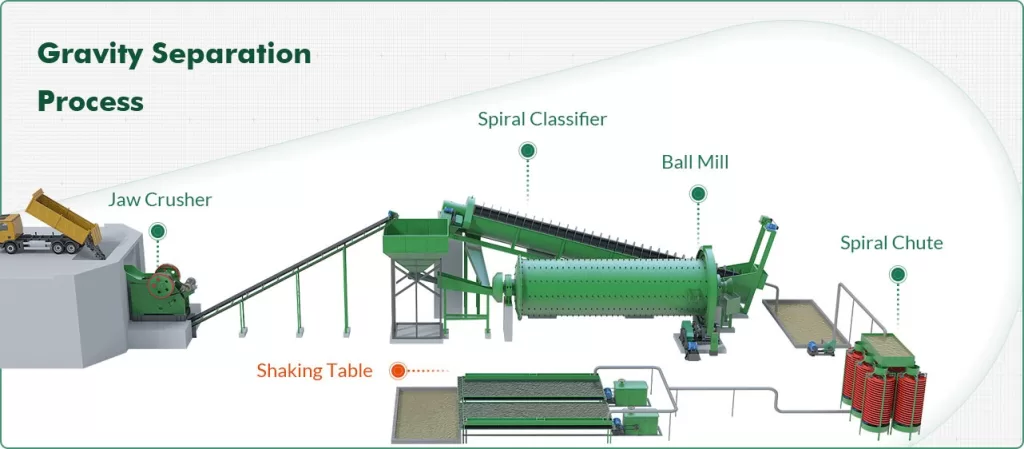
Gravity beneficiation is separating mineral according to the specific gravity of the material. Spiral chute, spiral classifier and shaking table are usually used. Applied material: gold ore, manganese ore, alluvial gold.
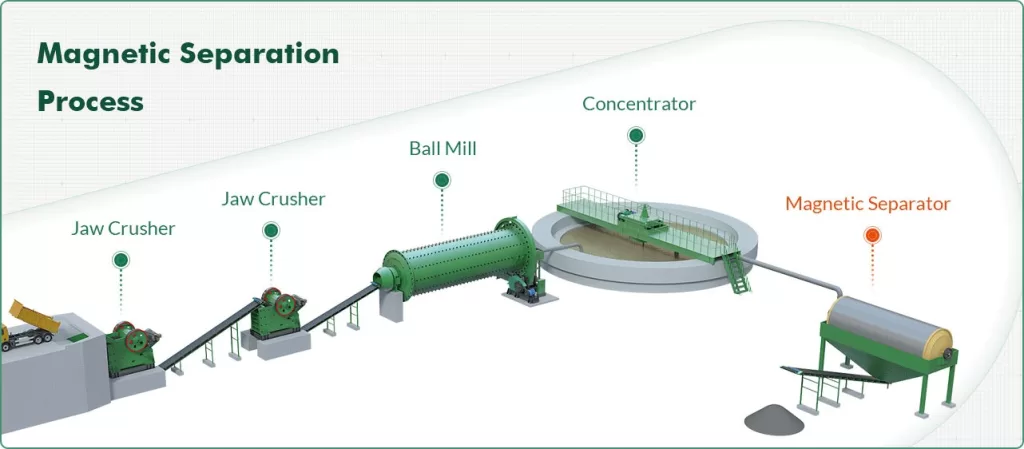
Separation using magnetic separator according to the magnetic difference of minerals. Applied material: magnetite, pyrrhotite, calcined ore, ilmenite, etc.
Our engineering team can design the most optimal beneficiation process based on your ore characteristics, processing capacity and process requirements, and provide corresponding equipment configuration plans.
ZONEDING offers customized mineral processing plants for various minerals, ranging from gold to iron, from lithium to copper.
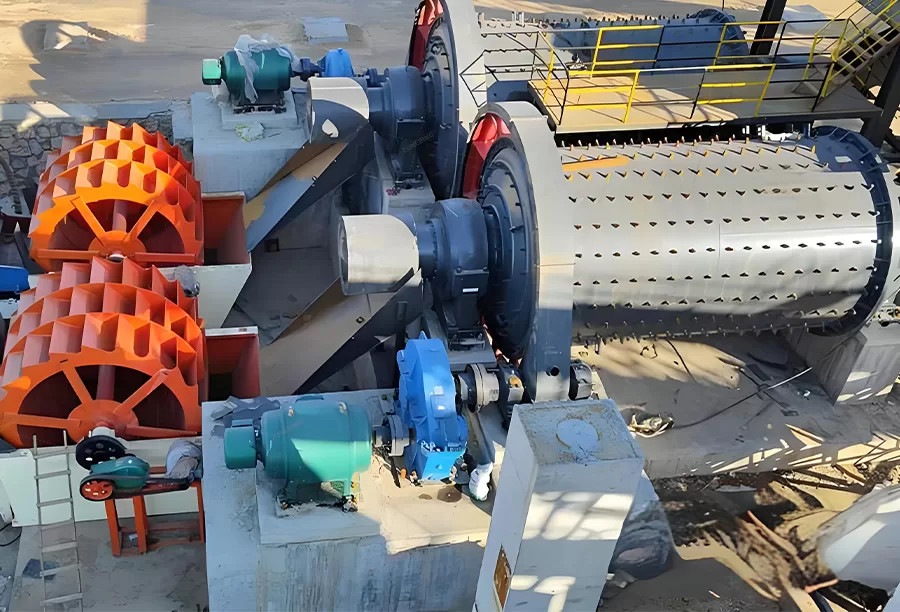
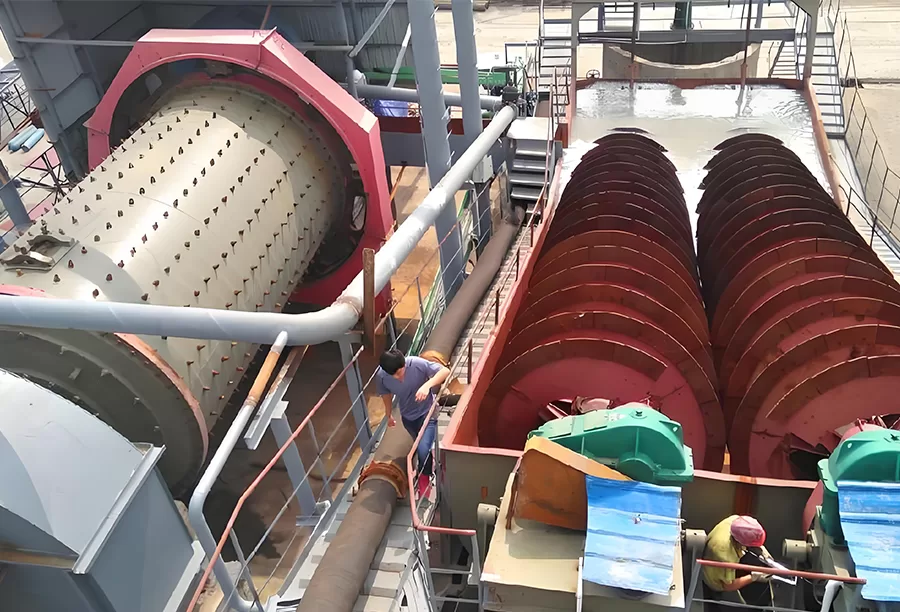
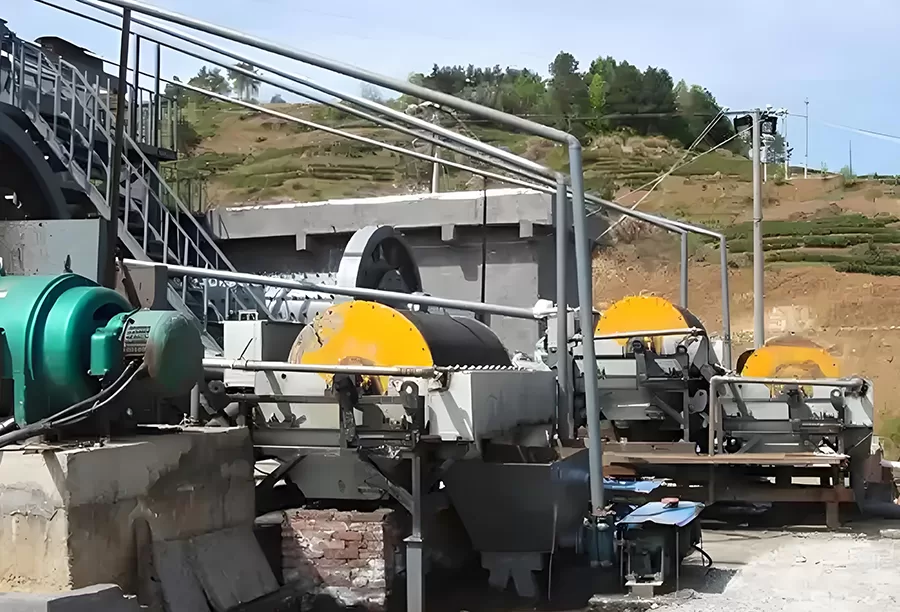
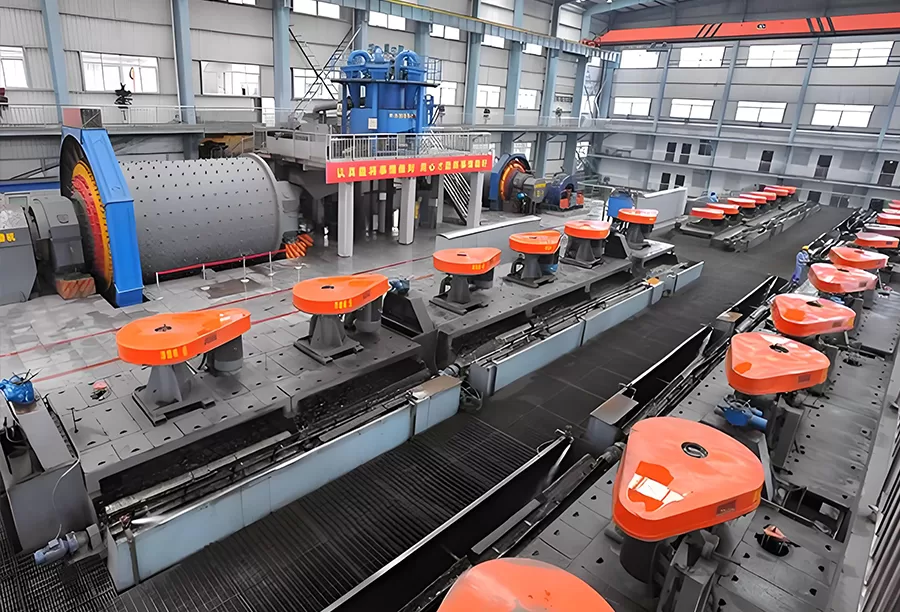
ZONEDING offers you service support throughout the entire life cycle to ensure the smooth progress of your project:
Q: What is the main function of a mineral processing plant?
A: The main function of a mineral processing plant is to extract valuable minerals or metals from raw ore. It utilizes a series of processes, such as crushing, grinding, screening, gravity separation, magnetic separation, etc., to separate the valuable minerals from the gangue (waste minerals), thereby obtaining a high-grade concentrate product. These plants are designed to maximize efficiency and metal recovery.
Q: What are the key steps involved in mineral processing?
A: Mineral processing typically involves four main stages: first is comminution (crushing and grinding), to reduce the large ore pieces to a suitable particle size; then classification, separating particles based on size; next is concentration, using physical or chemical methods to enrich the target minerals; and finally dewatering, to separate the solid concentrate from water.
Q: What role does mineral processing play in the mining industry?
A: Mineral processing is a crucial link in mining operations. It transforms the mined, low-grade raw ore into a high-grade concentrate, providing suitable raw material for subsequent smelting or metal extraction. Efficient mineral processing is essential for the economic viability and resource utilization of the project, and needs to be completed on schedule and within budget.
Q: What does "particle size control" refer to in mineral processing?
A: In mineral processing, "particle size control" (or "sizing") refers to the process of separating mineral particles based on their size. A common method is screening, which involves passing the material through screens with specific aperture sizes, thereby achieving separation of different size fractions.
Q: How is the efficiency of a mineral processing plant evaluated?
A: A mineral processing plant is usually evaluated by calculating the "recovery rate". The recovery rate is the percentage obtained by dividing the mass of the useful mineral recovered in the final product by the mass of that mineral in the raw material entering the plant. This is a key indicator of how effectively the plant recovers useful minerals from the ore.